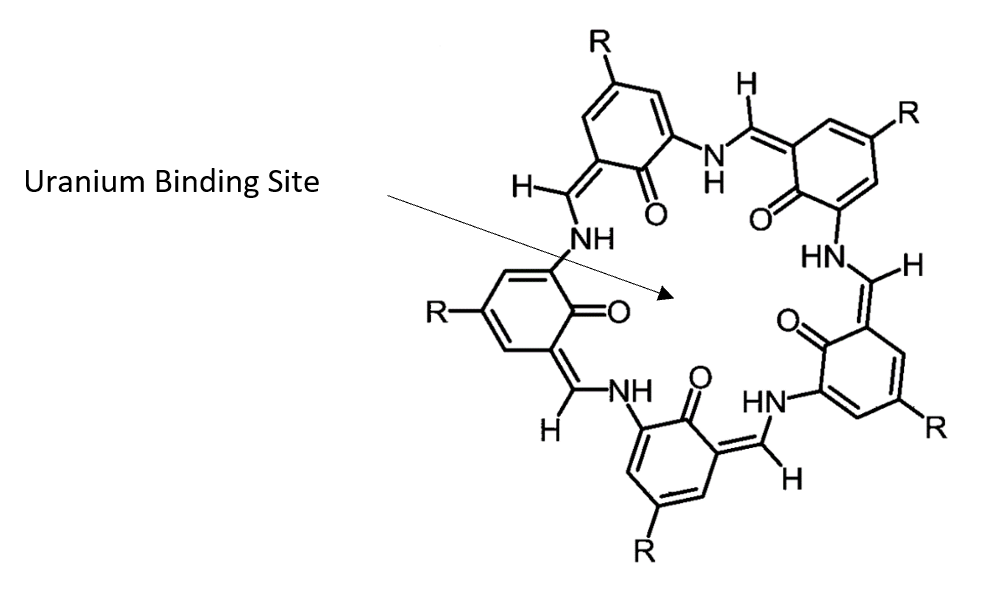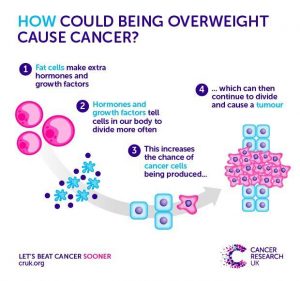On September 20, 2018, Mohammad Chaudhry, a Ph. D student at the University of British Columbia and his team of researchers have produced a new chemical compound known as an expanded campestarene. This new compound is a large, cyclic molecular structure that possesses the unique property of binding strongly to uranium ions. This can have real-world applications in the future as a tool to manage nuclear waste since the uranium by-product produced by nuclear reactors is a growing concern. Expanded campestarenes’ ability to strongly bind to uranium ions can be used to specifically remove dangerous, radioactive uranium waste.
The Campastarene Creation:
The process for making such a compound is not an easy process. It requires a lot of trial and error, and an extensive knowledge of macrocycle chemistry, a subsection of chemistry. Despite being an expert on this subject, it still took Chaudhry a lengthy time to obtain enough of these molecules to call it a success. According to Chaudhry, “I basically went through the periodic table, and I went through a list of which elements would make sense to work in this type of reaction, and uranium was one I thought would work.” Overall, this process took about eight months.
After selection of uranium ion, a reflux reaction was used to produce the compounds. A reflux reaction is simply heating a bunch of chemical compounds in order to input energy and make the reaction more likely to happen. “Basically, you mix it and you heat it and then you purify it, and that’s it,” says Mohammad.
The following video contains the journey that Chaudhry and his colleagues have taken to create this molecule.
“SO Project Group 5 Video” by Group 5 is licensed under YouTube.
The Uranium Situation and the Campastarene Solution
The expanded campestarenes produced by Chaudhry’s team are very unique molecular compounds. The most notable property is its ability to bind strongly to uranium ions. The expanded campestarenes have an internal cavity that can specifically bind to uranium ions, forming a very stable complex. As a result, it is a useful uranium sequestering agent. Uranium sequestration describes the process of removing uranium ions from solution by strongly binding to it.
This property can be extremely useful when it comes to managing uranium waste produced by nuclear reactors. With our increasing need for nuclear energy, more uranium waste is being produced. There are two types of uranium waste produced from these power plants: non-radioactive and radioactive uranium. Radioactive uranium is dangerous to humans and the environment. It can damage one’s DNA, cells, tissues, and organs, and can also contaminate groundwater and soil, drastically impacting the environment. In addition, uranium waste is very difficult to get rid of because it takes hundreds-of-thousands of years to decompose naturally
However, removing radioactive uranium is not as easy as it may seem. It is hard to differentiate the safe, non-radioactive uranium from the harmful, radioactive uranium. Therefore, by creating an expanded campestarene that can specifically bind to dangerous, radioactive uranium, it can be safely removed. This binding process is called chelation, where a molecule with specific structure allows it to target specific metal ions (like uranium).
The following podcast by SCIE 300 Group talks about the daily-used chelating agents, such as chelating food additives and chelating agents in water purification. Also, the podcast contains an interview with Mohammad Chaudhry about the practical implication of expanded campestarene.
“SCIE 300 SO Project Podcast” by Group 5 is licensed under YouTube
Although uranium sequestration has practical applications, especially when it comes to nuclear waste, modifications to Chaudhry’s expanded campestarenes still need to be made before it can be used for practical use. “This experiment was mostly an academic curiosity,” Chaudhry says. However, Chaudhry’s discovery has set the foundation for future research on the topic of expanded campestarenes. Perhaps in the future, the specific binding nature of expanded campestarenes can be put to applicable use, especially in dealing with the radioactive uranium waste problem.





